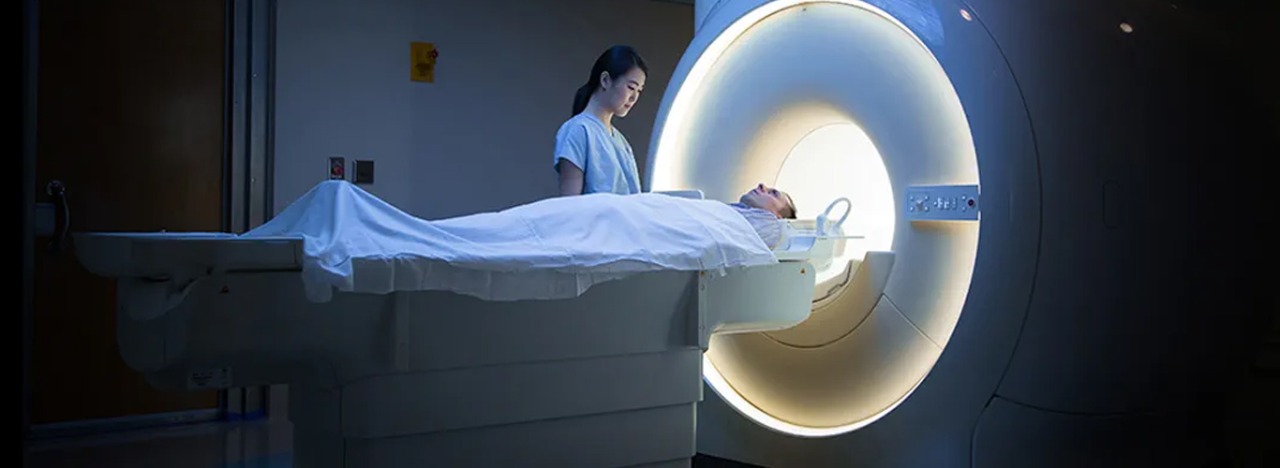Why is Quality Assurance of radiology equipment essential?
Posted on 25/05/2022

The generation of high-quality medical X-ray images is highly difficult, and it can only be ensured by instituting a quality-control program. Radiation harm can occur when patients are exposed to X-rays, and a quality assurance program is required to keep this risk to a minimum.
Quality Assurance (QA) of medical diagnostic x-ray equipment is defined by the Atomic Energy Regulatory Board (AERB) as systematic actions necessary to provide adequate confidence to the end-user(s) that a medical diagnostic x-ray equipment will perform satisfactorily in compliance with safety standards specified by the Competent Authority (In India, the competent authority is Atomic Energy Regulatory Board – AERB).
To ensure radiation safety, all healthcare facilities maintain a radiology quality assurance program. Quality assurance is simply an organized collection of actions and processes that assure X-ray equipment is operating properly and giving satisfactory diagnostic information in a timely way while exposing patients to the least amount of radiation possible.
Goal of Quality Assurance (QA)
The major goal of quality assurance for an X-Ray machine is to ensure that optimum picture quality of radiological treatments is obtained with the lowest possible radiation exposure to the patient(s). A high-quality image is necessary for a precise diagnosis, but not at the expense of overdosing the patient with x-rays.
If the equipment hasn't been thoroughly tested, it could be under performing. Due to incorrect settings or repeat testing, the technician may wind up over-exposing the patient in order to produce a decent quality image.
Who are the potential customers for Refurbished Equipment?
Small and medium hospitals, usually run by doctors and with less than 100 beds, frequently cannot afford to purchase new high-end technology. They choose refurbished equipment from well-known companies since it costs less and lasts for several years. These could be young doctors just starting out on their own after working in larger facilities with similar equipment. They may be familiar with and comfortable with the kind of equipment, but they lack the necessary funds in the early phases of their business.Tier-3 communities may also have significant patient volumes but insufficient paying capacity. Such locations are unable to provide sufficient Return on Investment (ROI) on new equipment.
Used/refurbished medical equipment accounts for over a third of the Indian medical equipment market, mostly for the customers in the preceding category.
How much radiation dose/exposure is safe?
We are all exposed to roughly 3mSv of natural radiation per year, which is not dangerous. The human body can tolerate low doses of radiation without causing harm. As a result, X-ray equipment is employed since it is more useful for diagnosing treatable disorders with less radiation. At low doses, X-radiation can be used to diagnose illnesses. However, significant cumulative radiation exposure over short periods of time can be exceedingly damaging to one's health. The AERB governs the use of radiological equipment for this reason.
Large doses of radiation or acute radiation exposure harm the central nervous system, as well as red and white blood cells, compromising the immune system and rendering the person unable to fight infections. According to the World Nuclear Association, the threshold for transferring people following the Chernobyl accident was exposure to 350 mSv.
Radiation illness, such as nausea, vomiting, and bleeding, is caused by a single one sievert (1,000 mSv) dose, but not death. Within a month, a single dose of 5 sieverts would kill nearly half of those exposed.
The lowest threshold at which any increase in cancer risk is clearly visible is 100 microsieverts per year. A cumulative dose of 1,000 mSv (1 sievert) would almost certainly result in cancer in five out of every 100 people exposed to it several years later.
Equipment Quality Control
To assure the best level of protection for both workers and patients while keeping the highest picture quality, an appropriate Quality Assurance program is legally necessary (rule 32 of the Ionising Radiations Regulations(IRR)). Regular in-house tests are normally part of this program.Quality control tests and methods for X-ray equipment are designed to check the device's mechanical stability as well as the integrity of safety features like interlocks and auditory alarms.For more complicated and higher dosage imaging equipment, safety surveys may be necessary more regularly. The survey covers all aspects of the imaging chain and ensures that your equipment's performance is optimized.
How is the process done ?
According to the AERB program, quality assurance for an X-Ray machine is divided into two phases.
The first phase is the examination of diagnostic x-ray equipment performance during the production process (called type approval). The manufacturer is responsible for type approval.
Secondly, acceptance testing is performed once X-ray equipment is installed at the user's institution(s) to check that it meets the standards (Operating license). The user is responsible for this section. The QA tests should be repeated at regular intervals (once every two years), as well as after equipment repairs or when equipment problems are suspected. This is to guarantee that the equipment continues to meet the required specifications.
A good diagnostic x-ray process is one that offers the best diagnostic information with the least amount of radiation exposure to the patient, but quality must always come first. The goal of raising health professional awareness is to improve the implementation of safety standards in healthcare.
Conclusion
Quality assurance's ultimate purpose is to improve patient care. QC tests examine the equipment's performance under normal clinical situations while adhering to established protocols for facilities, equipment, and procedures. The purpose of quality control protocols in imaging is to assure the accuracy of the diagnosis or intervention, whereas the goal of quality control protocols in radiation treatment is to ensure accurate delivery of the prescribed dose to the patient's tumor while minimizing the damage to other tissues.Cyrix Healthcare, is an AERB (Atomic Energy Regulatory Board) Approved Quality Assurance (QA) Agency authorized to perform the QA of the diagnostic X-ray equipment. We can successfully perform the QA tests at affordable rates.

